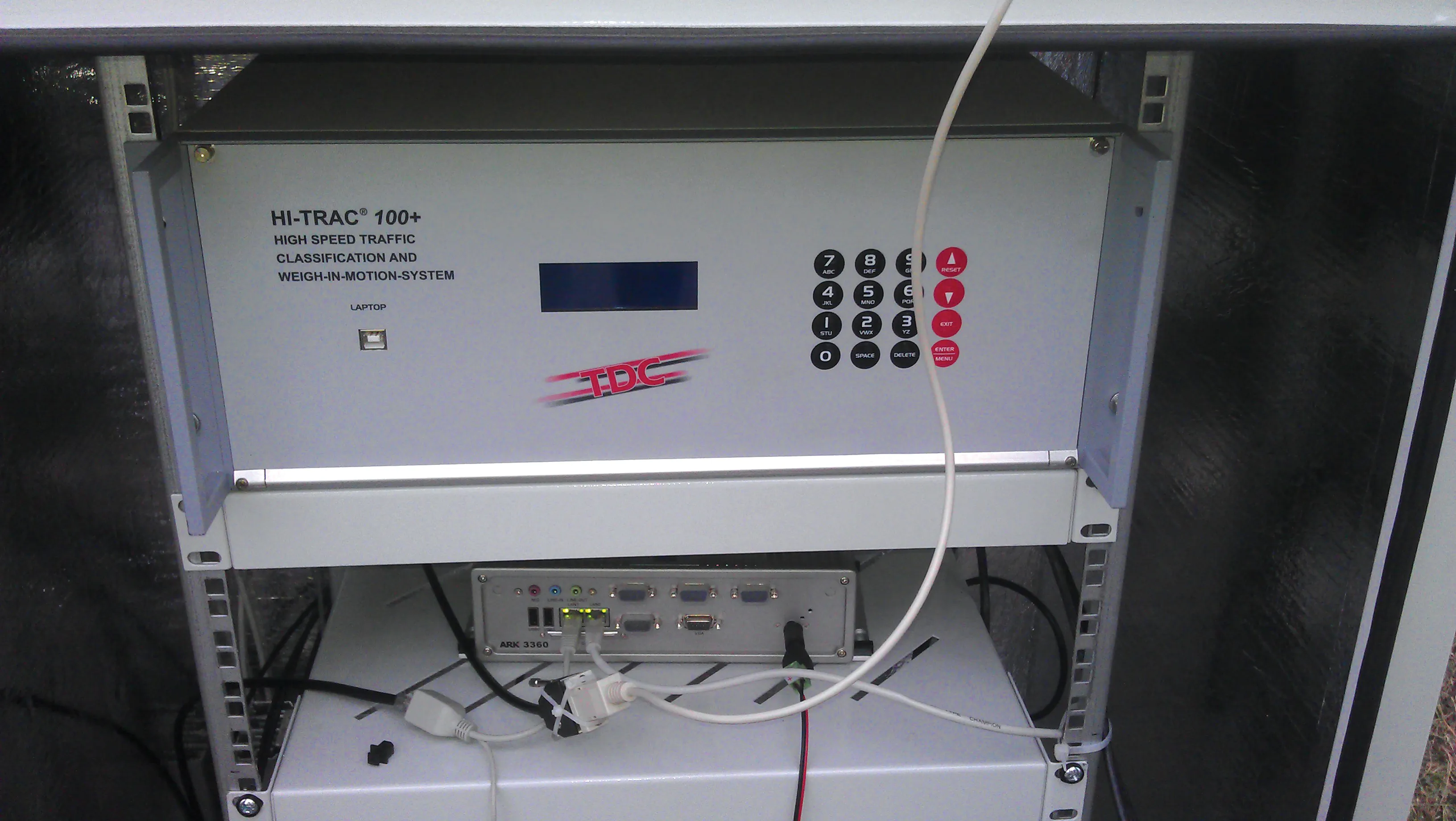In the last of our profiles of laureates of the inaugural Innovation Award for Road Transport in Developing Countries (InARoaD), we meet the winner of the Road Safety category, and third prize overall
A vital prerequisite for achieving safer roads is thorough assessment of prevailing traffic situations and identification of associated factors.
In this respect, the availability of a comprehensive road accident database is crucial for understanding the pattern of accident causation.
Conscious of the ne
April 12, 2012
Read time: 3 mins
In the last of our profiles of laureates of the inaugural Innovation Award for Road Transport in Developing Countries (InARoaD), we meet the winner of the Road Safety category, and third prize overall
A vital prerequisite for achieving safer roads is thorough assessment of prevailing traffic situations and identification of associated factors.In this respect, the availability of a comprehensive road accident database is crucial for understanding the pattern of accident causation.
Conscious of the need for authoritative information and intelligence to guide the planning of initiatives in the context of Malaysia's Road Safety Strategy 2006-2010, the Malaysian Institute of Road Safety Research (MIROS) developed an innovative Road Accident Analysis and Database System, known as M-ROADS.
M-ROADS serves as an intelligence system to provide road safety stakeholders with accurate, continuous and comprehensive information on road accidents. M-ROADS builds on input from existing nationwide road accident data collected by the traffic police to generate a set of wide ranging analysis and findings.
Built-in functions include accident record management, cross tabulation, accident location ranking, kilometre post analysis and report generation. The main function, crosstabulation, is useful to describe the distribution of two or more accident record variables simultaneously. This helps researchers understand current road safety issues and status, to plan for high impact research areas and develop appropriate policies and interventions to save lives.
Already, high impact road safety interventions have been introduced based on facts and evidence generated by MROADS. For example, an Automated Enforcement System (AES) was introduced in 2007 to tackle the issues of speeding and traffic light violations.
Road accident data through M-ROADS was used to identify 700 locations throughout the country with high fatalities and accidents attributable to these offences. Electronic enforcement cameras will henceforth be installed at these locations. Warning signs will alert drivers to the presence of the cameras ahead, with the aim of motivating them to slow down to the speed limit or obey the traffic light.
It is estimated that AES may reduce overall fatalities by 9%.
In addition, M-ROADS helps relevant agencies with enforcement strategies through evidence-based enforcement. This concept utilises accident data to provide intelligence on key issues of road safety and how enforcement can help. For example, there is a high fatality rate among motorcyclists in Malaysia, notably as a consequence of their vulnerability to outof- control and side-impact collisions. Further investigation identified that most injuries were to the head, suggesting helmet wearing should be enforced. Specific locations and timing for the enforcement can also be identified.
In these respects and more, M-ROADS has helped to revolutionise enforcement in the country by reforming the prevailing strategies to make them evidence-based rather than merely intuitive.
The development of M-ROADS has simplified the use of accident data to provide intelligence. Existing and future accident data can be easily uploaded to the M-ROADS database to enable up-to-date analysis.
Targeted programmes, derived from the data, can thereafter be implemented to provide effective, focused treatment for specific road safety issues. Thanks to the development of M-ROADS, road accident data is no longer limited to mere record keeping, and can be mobilised to fulfill its vital road safety potential.








